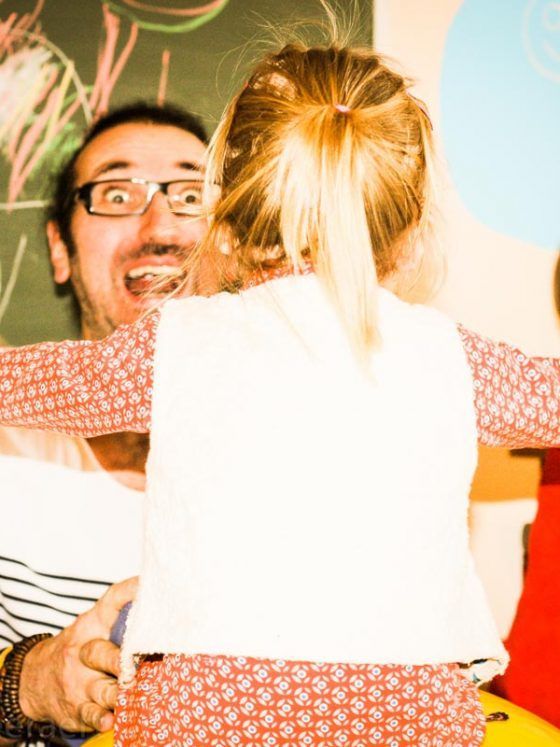Who?
How do we try to realise dreams together?
As an occupational therapist I work according to the dimensions of our profession, which can also be found in our professional profile published for Occupational Therapy Flanders.

Advise
Giving occupational therapy advice is intended to make it easier for people to act and do their activities by demonstrating new ways of doing them.
The occupational therapist’s advice bears the client’s perspective in mind. The therapist acts in partnership with other people and parties involved.



Support
The occupational therapist supports a process of identity development in the client from a position of solidarity, to enable the client to participate fully in daily life.
The occupational therapist is present, looking for chances and opportunities in the client’s surroundings. The therapist approaches the client and focuses on human dignity, meaning and participation.

Treatment
In the treatment they offer, the occupational therapist aims to optimise the client’s activity in their daily life.
Treatment may be aimed at various aspects of life that are needed to achieve independence, and occurs in three steps: drawing up a plan to approach the issues concerned, carrying out the treatment and evaluating the treatment.

The occupational therapist coaches the client towards insight into their strengths in order to achieve their goals, wishes and dreams.
This is done in dialogue between the therapist and client, with shared responsibility. The occupational therapist has coaching skills to be able to achieve this, and works in a methodical, structured way that is focused on solutions.
Coaching

The occupational therapist communicates in a professional manner, with regard for professional ethics, privacy and reciprocity regarding their interventions in the client’s meaningful activities.
Communication with the person and organisation concerned is comprehensible and transparent: messages are conveyed tactfully and their content is well-founded.
Communication



Diagnosis
The focus of diagnosis is on the problems a client experiences with their activities.
To arrive at a diagnosis, the occupational therapist may use clinical observation and tried and tested examination tools. A good diagnosis leads to a justified treatment plan.

Innovate
Innovation in terms of occupational therapy means the introduction of new possibilities to enable human activity. In an exploratory phase, the occupational therapist will seek new insights.
They will use these insights to innovate in terms of both supporting clients and the content and position of their profession. Innovation is reinforced and safeguarded by testing the changes achieved and sharing them with colleagues and society at large.

The occupational therapist acts as a manger towards a client, within their own practice and external organisations and at the level of society.
That means the therapist is always responsible for managing the circumstances, conditions, content and approach.
Management
Research
The research dimension of the profession is manifested for occupational therapists at various levels, ranging from putting forward research topics, using scientific research and applying scientific proof in practice to doing research ourselves, in partnership with others or alone.

Aim for quality
We aim for quality in every dimension of our profession. There are three steps to high-quality occupational therapy: planning, implementation and reflection.
At every stage of the process, we take care to provide efficiency, effectiveness, continuity, social acceptability and user-friendliness.




